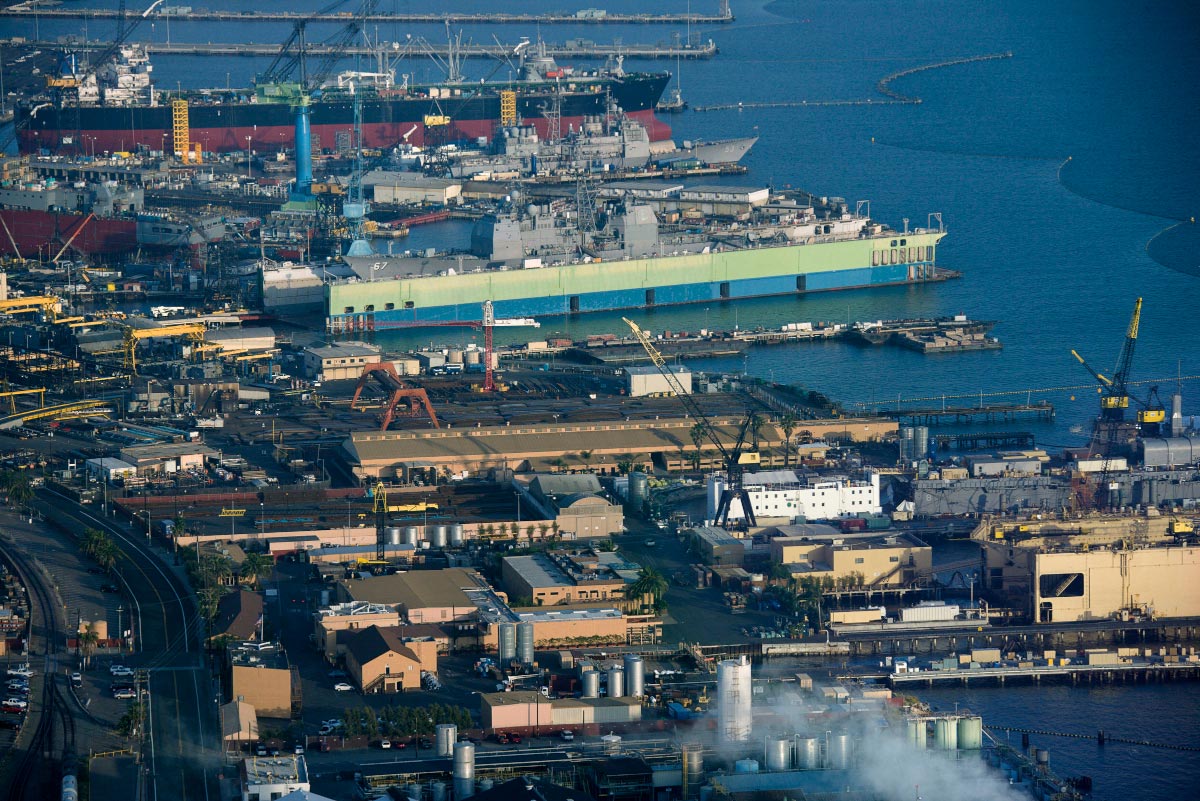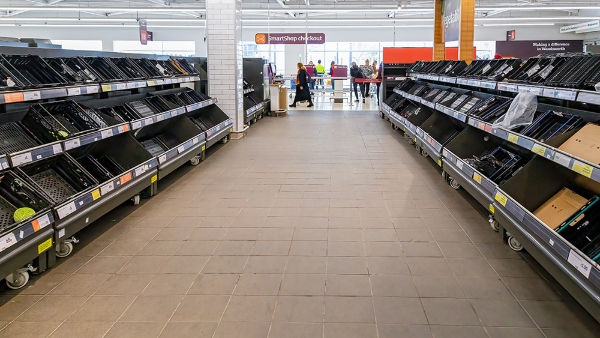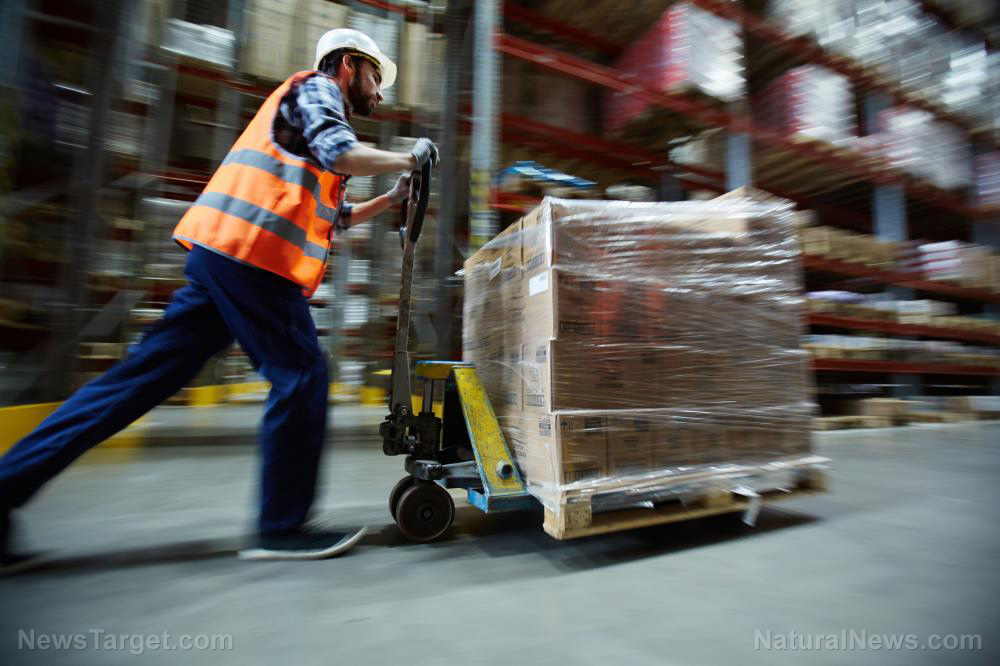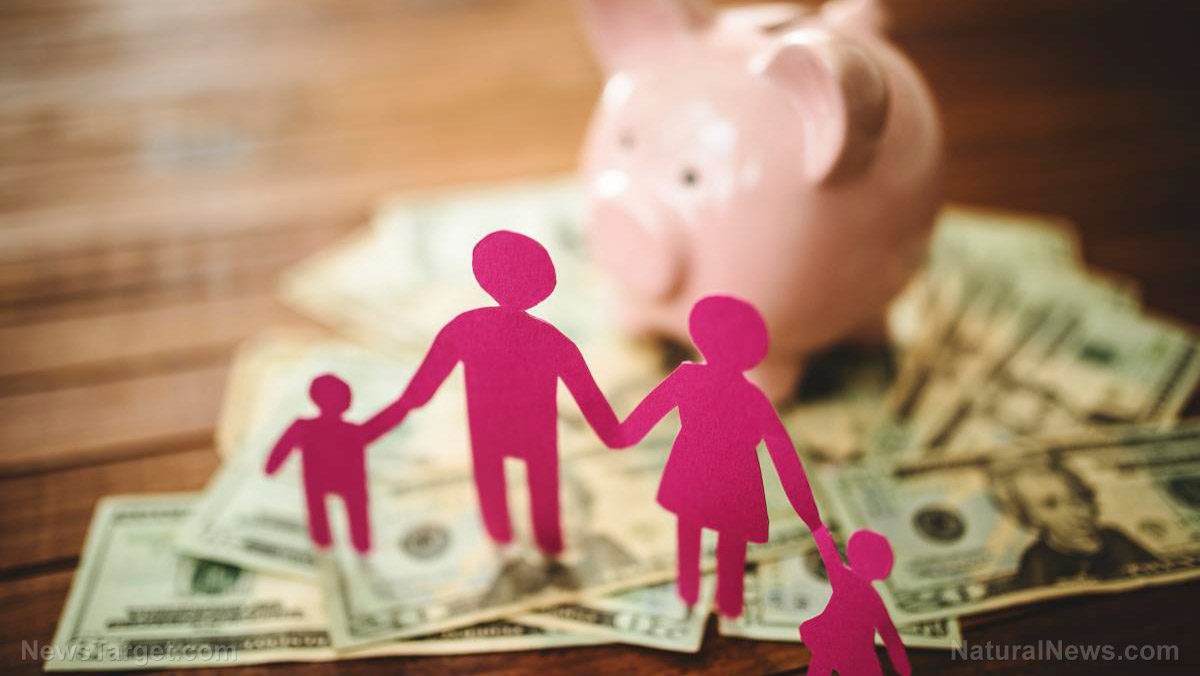
Supply chain woes hurt retailers and manufacturers
This year's supply chain pressures have had a ripple effect on the economy, and it is hurting U.S. retailers and manufacturers. Nike warns of inventory shortages while Costco is running low on toilet rolls. Retailer Bed Bath & Beyond calls the current supply chain challenges "unprecedented." Other retailers have resorted to chartering ships to ensure their goods get delivered. With the holidays coming, there is also a sense of urgency for logistics, labor and manufacturing issues that are likely to add some $223 billion to U.S. retailers' costs. This could push up the prices for consumers buying holiday gifts, assuming items are available in the market. (Related: West Coast ports logjammed with about container 60 ships still waiting to dock; supply lines continue to suffer disruptions.) Steve Denton, chief executive of Ware2Go, which helps retailers find warehouse space, says that the White House initiative is not going to resolve the bottlenecks that retailers are struggling with. He says: "You've got a lack of truck drivers and the trains are running at full capacity. You've got record levels of inventory in the country already. That inventory's got to get cleared out to make room first. Where's it all going to go?" The supply chain problems are not limited to the United States. Nearly 20 months since the initial outbreak forced export-machine China to close down factories, the global flow of goods remains a mess. The German industry has also been hit by shortages of everything from computer chips to metals for car batteries, while the U.K. has suffered from fuel shortages. Read more about the port congestions and delays on Collapse.news. Sources include: FT.com BusinessInsider.comAs global food prices spiral out of control, panic buying of food will become increasingly common
By News Editors // Share
Supermarkets are unable to predict which products will experience shortages each week
By Arsenio Toledo // Share
Supply chain execs predict chaotic holiday peak as crisis continue
By Mary Villareal // Share
North Korea tells citizens to buckle up for more food shortages until 2025
By Mary Villareal // Share
Save and stockpile: Preparing for an economic collapse
By Zoey Sky // Share
An invisible assault: How everyday heavy metals sabotage brain health
By willowt // Share
Pentagon warns of China's rapidly expanding nuclear arsenal
By kevinhughes // Share
FCC grounds new Chinese drones in sweeping security move
By avagrace // Share
The methylation switch: Scientists identify diet that can turn back the cellular clock
By jacobthomas // Share
Renaissance or Ruin: A wake-up call for cultural revival and self-sufficiency
By kevinhughes // Share
Weight loss in midlife may trigger brain inflammation, study finds
By avagrace // Share











